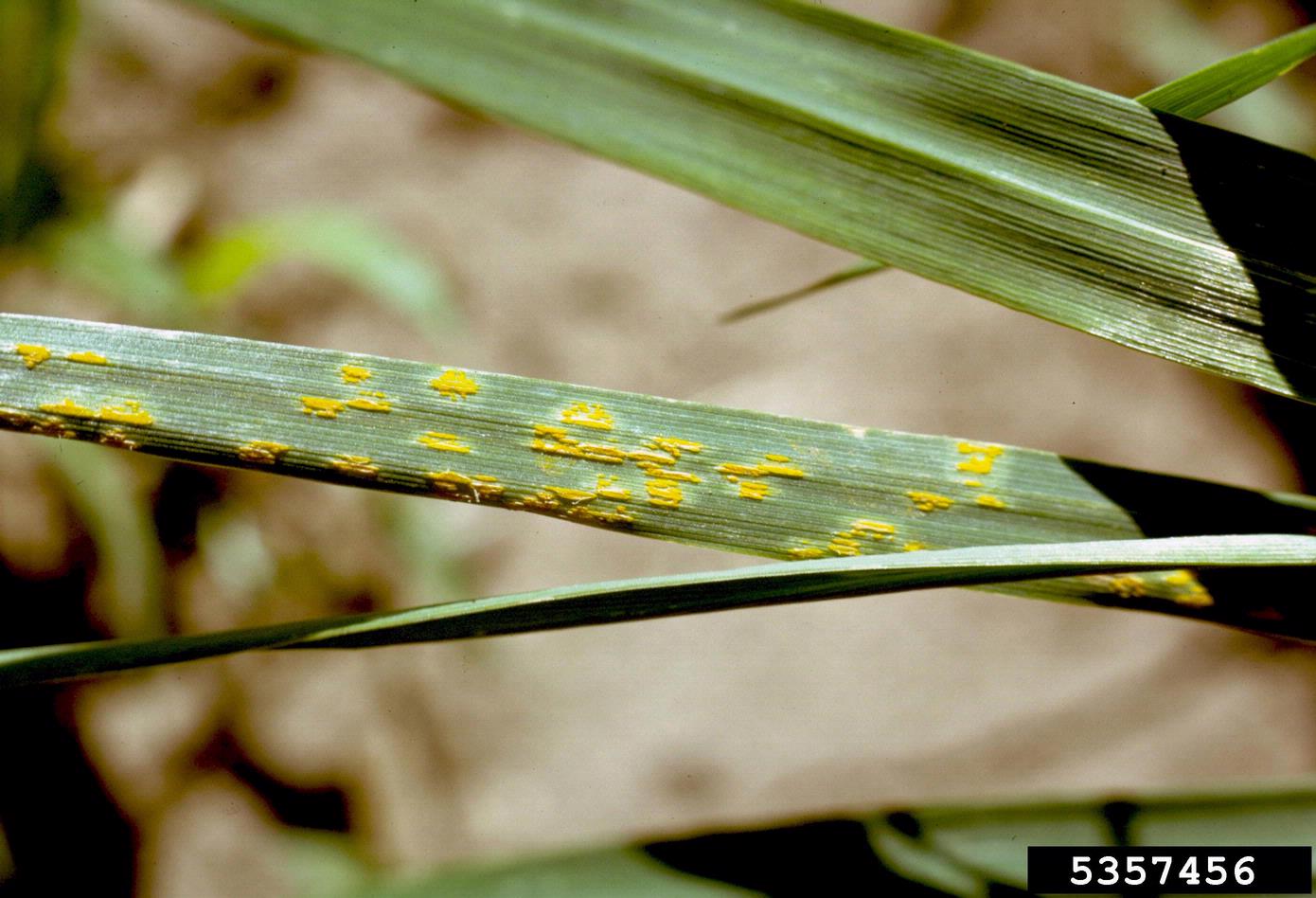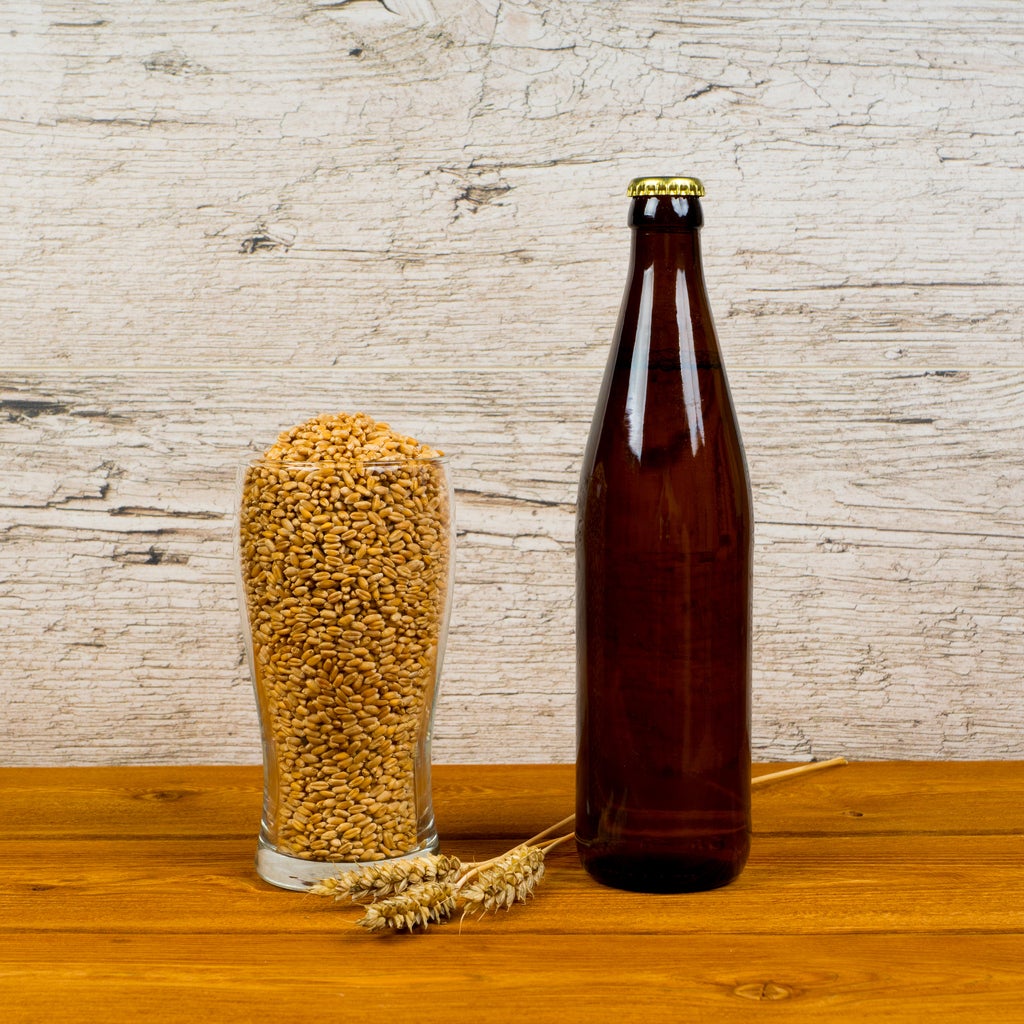Grains
Wheat, barley, oats, rye and other grains are typically grown in agricultural surroundings, but there’s no reason you can’t grow grain plants in your garden. Some types of grains can even be grown indoors on your kitchen counter. Keep in mind, however, that growing conditions vary widely for different grain plants. The following articles will provide information on growing and harvesting grains in the home garden.
-
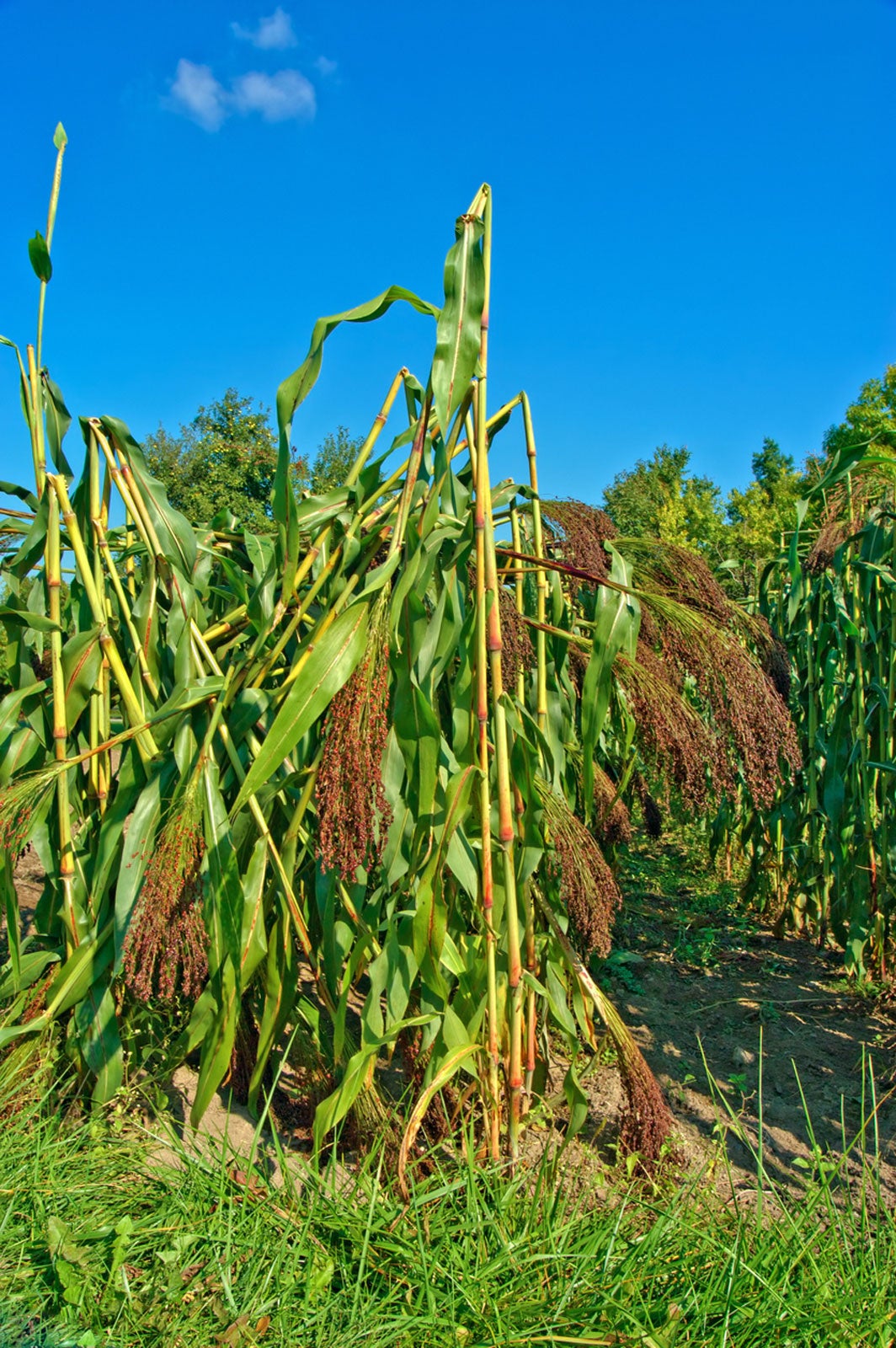
Using Broomcorn For Crafts – How To Harvest Broomcorn Plants
Broomcorn produces big, fluffy seed heads that resemble the end of a broom. If you’re feeling crafty and would like to know more about using broomcorn as well as tips on harvesting the plant, click this article to learn more.
By Bonnie L. Grant
-
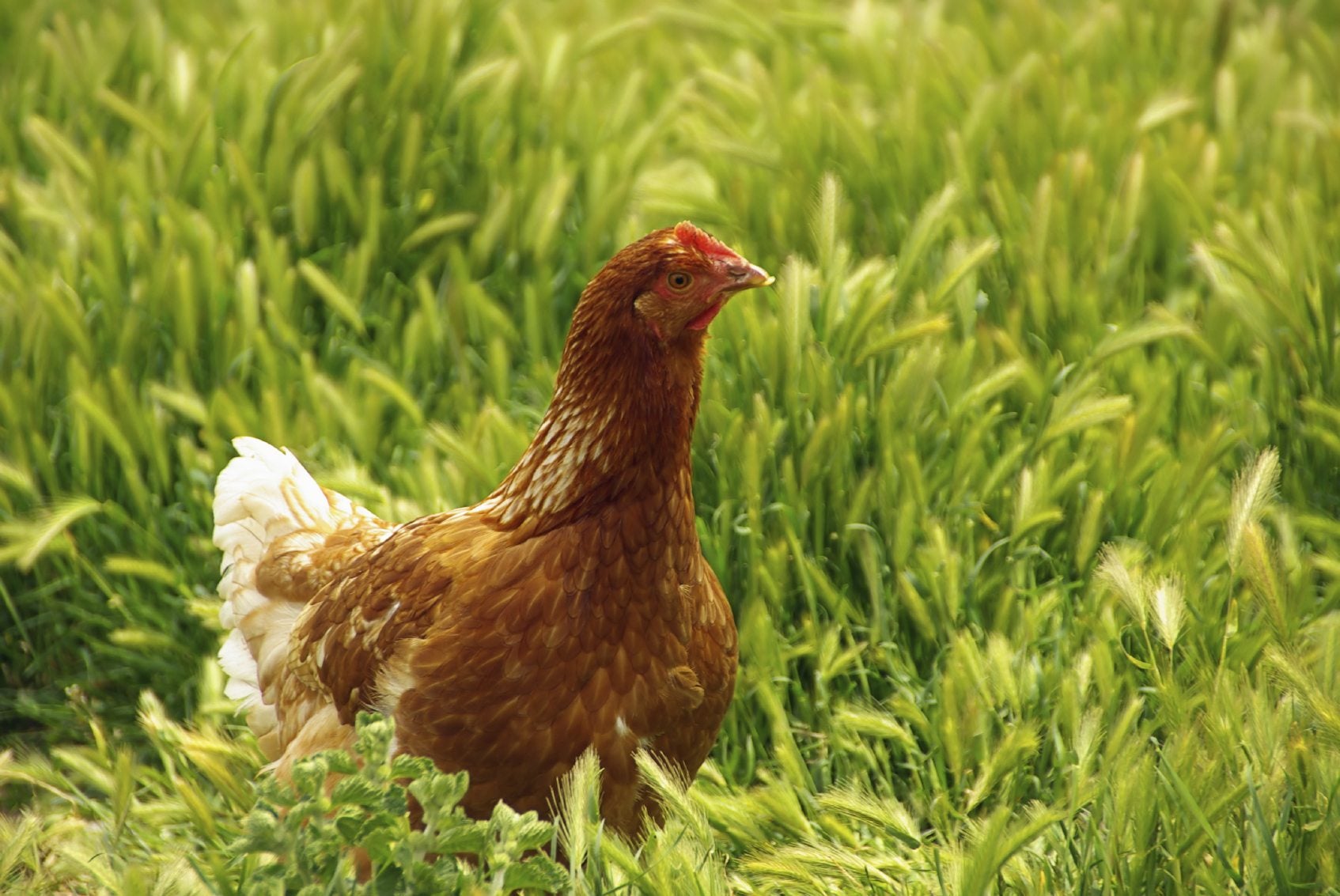
Cover Crops Chickens Eat: Using Cover Crops For Chicken Feed
There are many options for providing the necessities your chickens need, but an environmentally friendly, sustainable, low impact method is by growing cover crops for chickens. So what are the best cover crops for chickens to eat? Click this article to learn more.
By Amy Grant
-
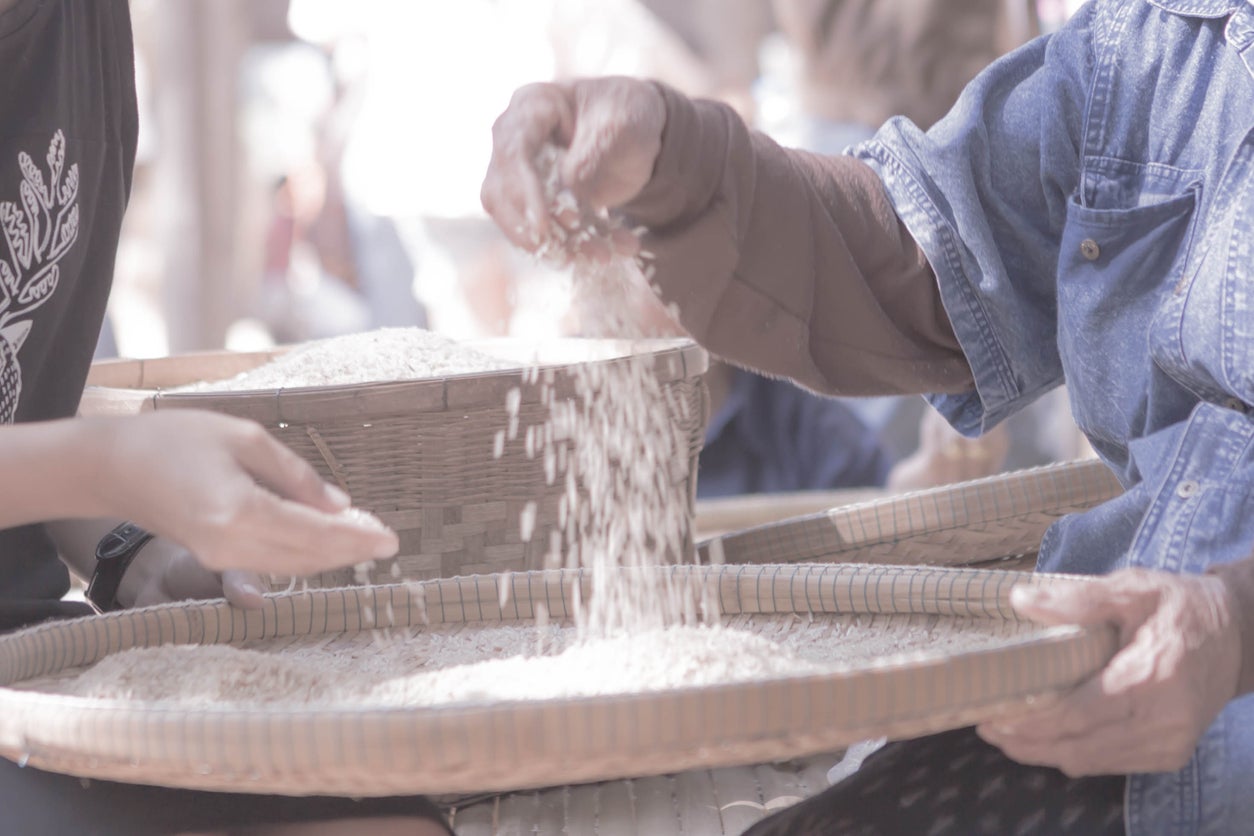
What Is Winnowing – Chaff And Winnowing Garden Seeds
Growing your own grain in the garden is a practice that’s gaining in popularity, and while it’s a little intensive, it can also be very rewarding. Click here to learn the meanings of chaff and winnowing, and what they have to do with harvesting grain and other crops.
By Liz Baessler
-
What Is Rice Straighthead: Treating Rice With Straighthead Disease
In the United States, straighthead disease of rice has been a significant problem since rice crops were first grown in the early 1900s. It appears that although arsenic is partly to blame, there are other factors as well. Click here for more information.
By Mary H. Dyer
-
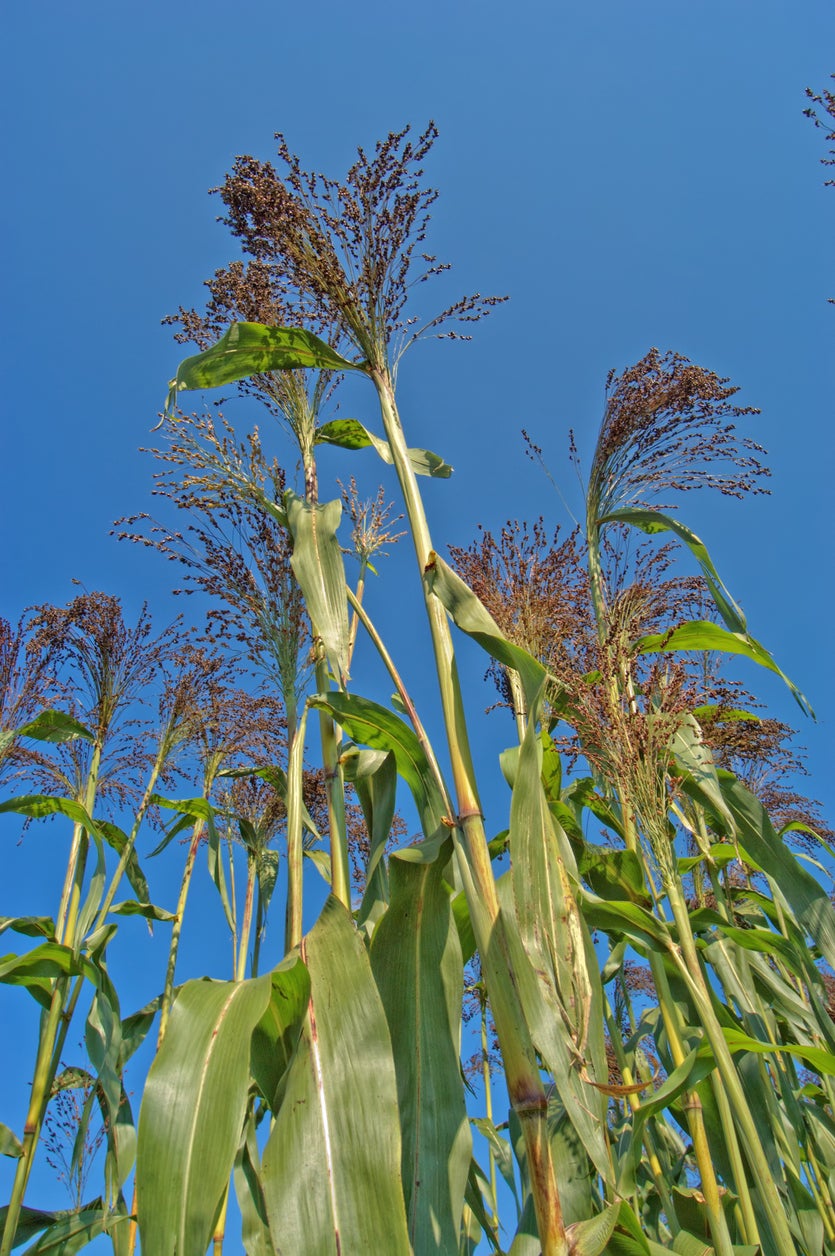
What Is Broomcorn – How To Grow Broomcorn Plants
Do you wonder where those broom straws originate, the ones that are bound tightly into the broom you may still use for sweeping porches and hardwood floors inside? These fibers come from a plant called broomcorn, a variety of sorghum. Learn more here.
By Becca Badgett
-
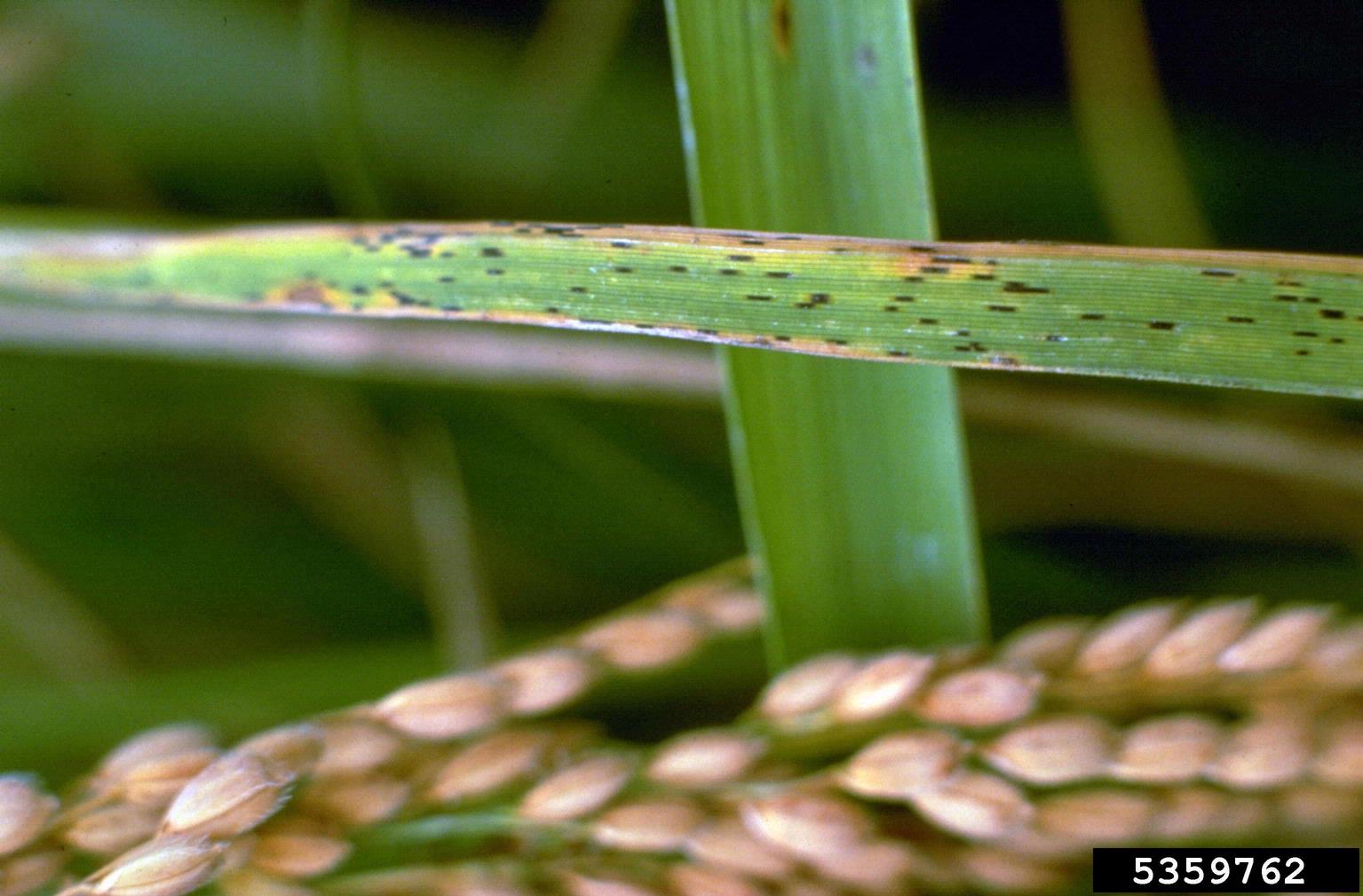
Rice Leaf Smut Info – How To Treat Leaf Smut Of Rice Crops
Rice may not be a typical backyard garden plant, but if you live somewhere soggy, it can be a great addition. Diseases can ransack your rice paddy, though, so be aware of signs of infections like leaf smut of rice and what to do to manage or treat it. Learn more here.
By Mary Ellen Ellis
-
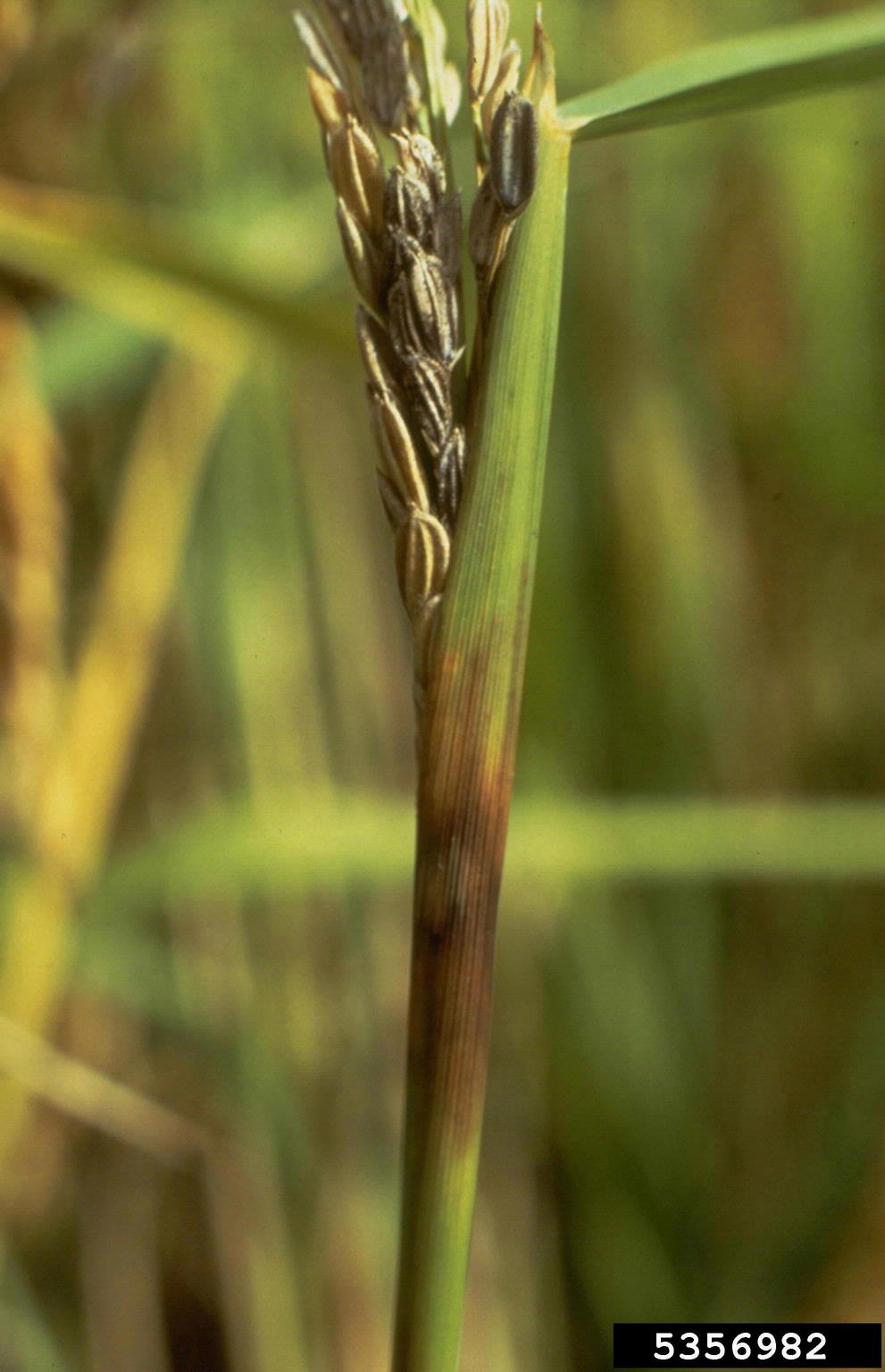
What Is Rice Sheath Rot: How To Recognize Rice Black Sheath Rot Symptoms
Rice is one of the most important crops in the world. So when rice has a disease, it is serious business. Such is the problem with sheath rot of rice. What is rice sheath rot? Click here for diagnostic information and advice on treating rice sheath rot in the garden.
By Bonnie L. Grant
-
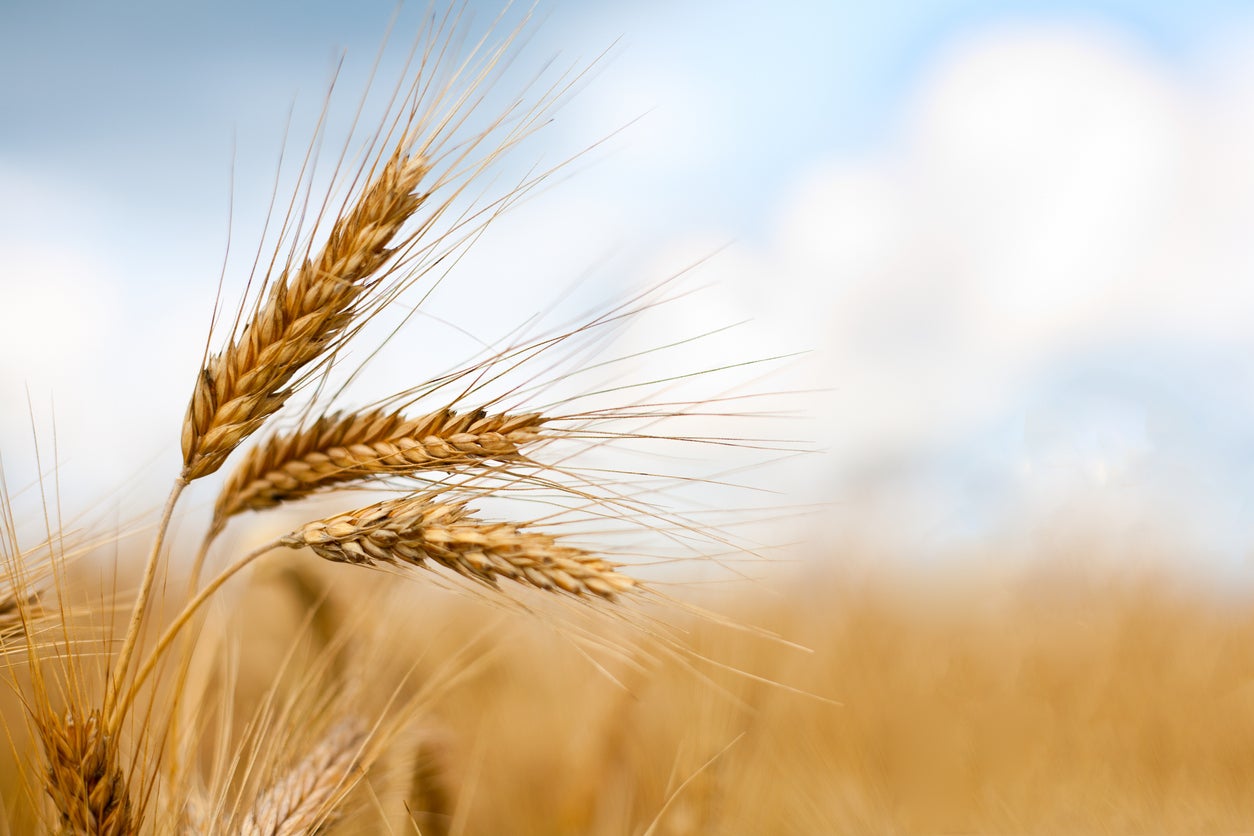
Harvesting Small Grains: How And When To Harvest Grain Crops
Harvesting small grains as an individual can be tricky, without big threshing machines, but our ancestors did it and so can we. Knowing when to harvest grain is the first step, but you also need to know how to thresh, winnow and store it for best results. This article can help.
By Bonnie L. Grant
-
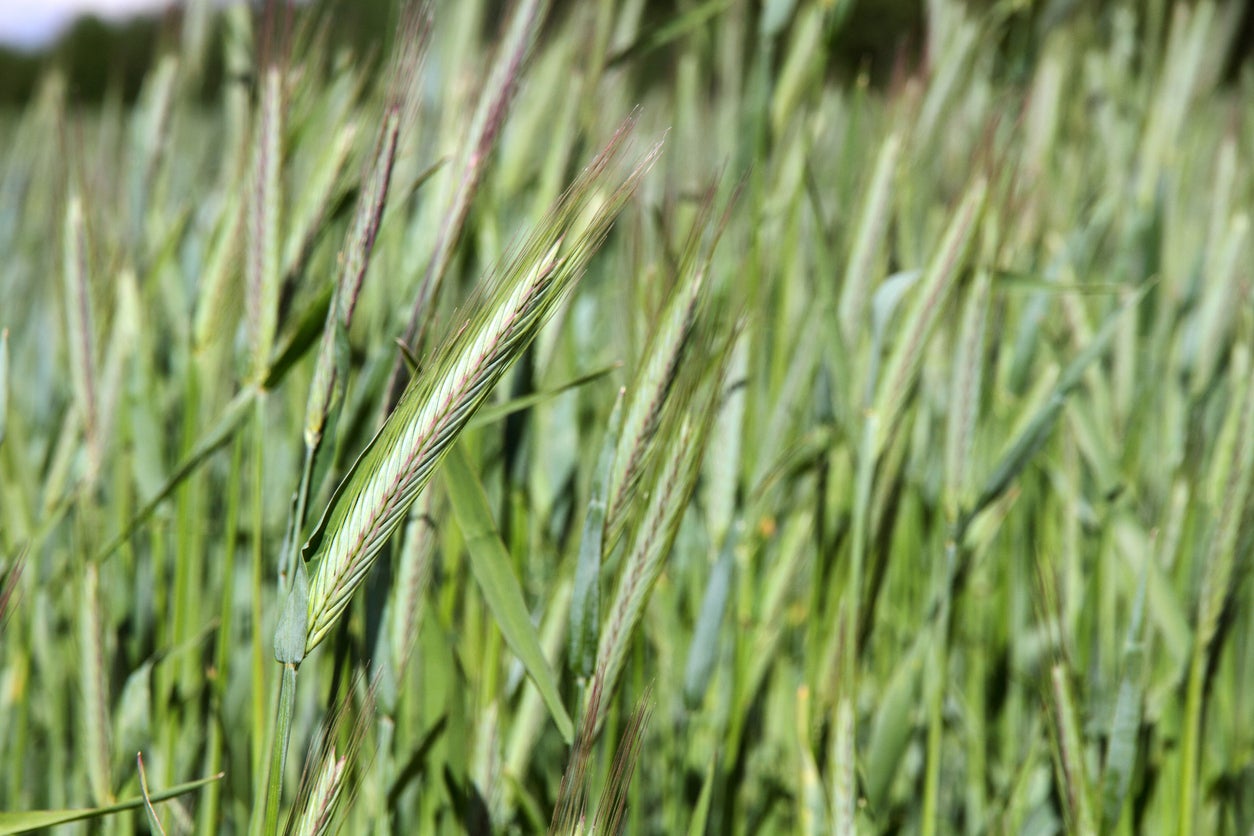
Cereal Rye Information: Learn How To Grow Rye Grain At Home
If you like organic whole grains on your table, you might enjoy growing rye for food. Organic cereal grain rye is expensive to buy and fairly easy to grow in a backyard garden. Are you wondering how to grow rye grain? This article will help get you started.
By Teo Spengler
-
Barley Plant Nematodes: What Are Some Nematodes That Affect Barley
There are a variety of nematodes that affect barley and other small grain crops. If you have any of these crops in your garden, click here for information on the nematodes of barley. We’ll also give you tips on how to prevent barley nematodes.
By Teo Spengler
-
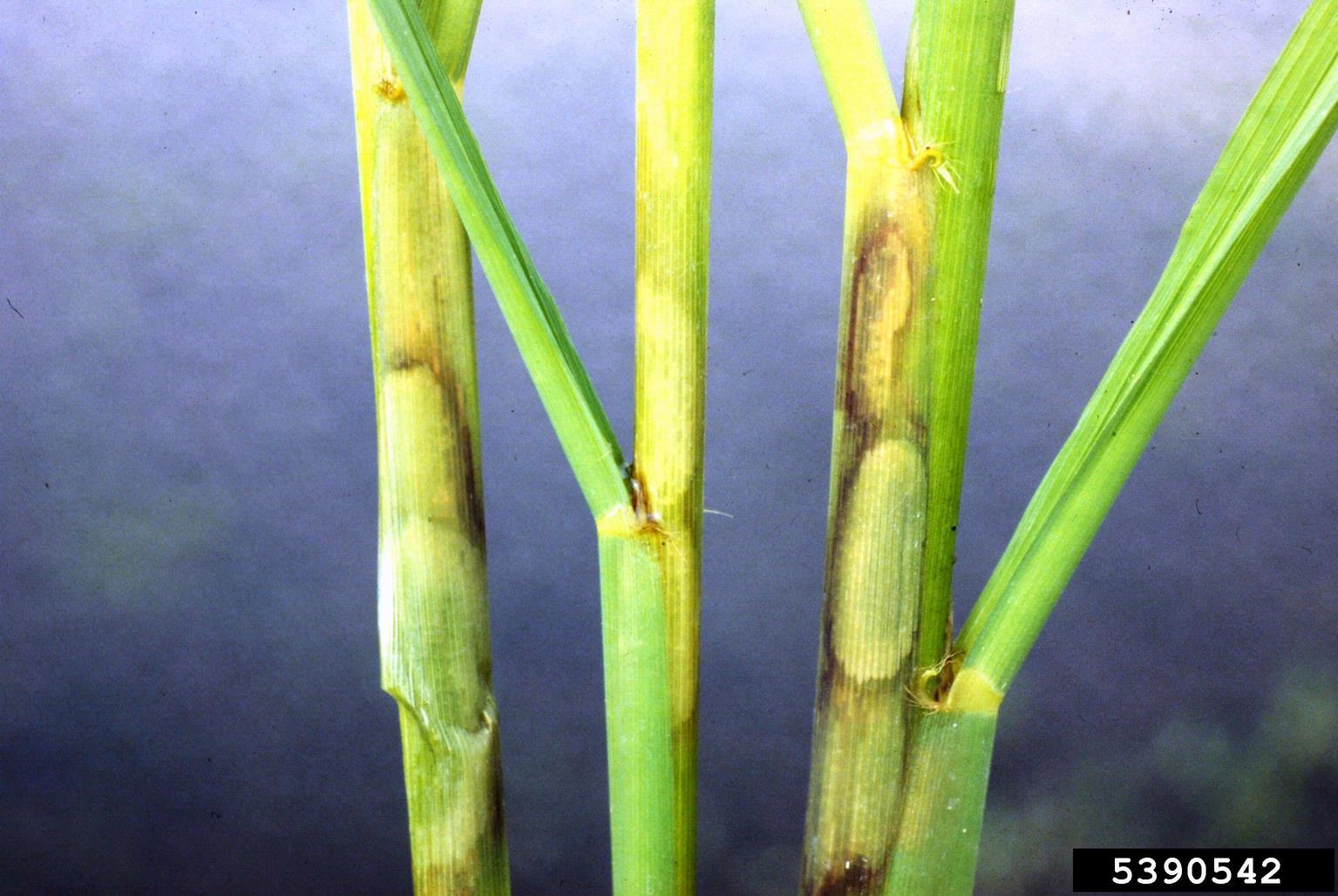
What Is Rice Sheath Blight: Treating Sheath Blight Of Rice
Anyone who is growing rice needs to learn the basics about diseases that affect this grain. One particularly destructive disease is called rice sheath blight. What is rice sheath blight? What causes rice sheath blight? Click here to get answers to your questions.
By Teo Spengler
-
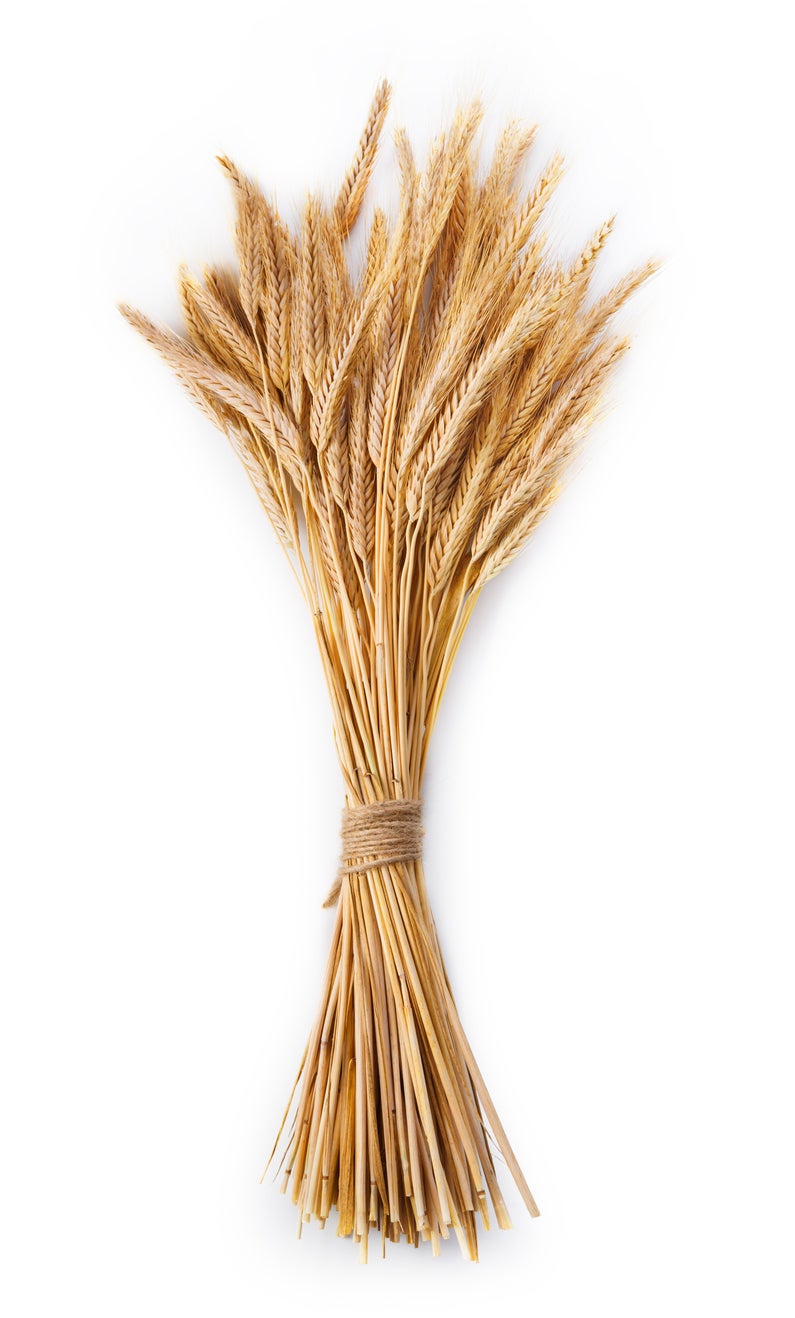
Growing Small Grain Crops – Small Grain Information for Home Gardeners
More gardeners are beginning to shift their attention to multi-purpose crops like small grains, which serve multiple functions in commercial applications, homesteads, and family farms. Growing small grains is a rewarding way to maximize space and yields. Learn more here.
By Tonya Barnett
-
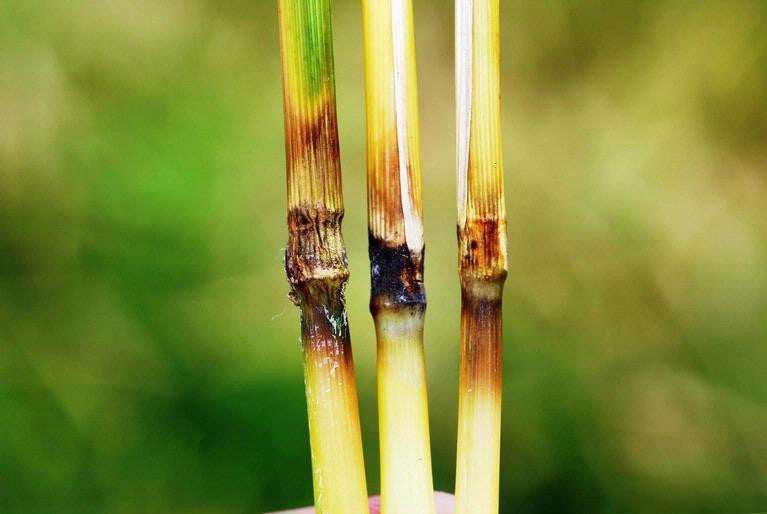
Signs Of Rice Blast Disease: Learn About Rice Blast Treatment
Who doesn’t like rice? It's easy and quick to prepare, it's delicious and nutritious, and it's inexpensive. However, a serious disease known as rice blast has caused devastating crop losses throughout North America and other rice-producing countries. Learn more here.
By Darcy Larum
-
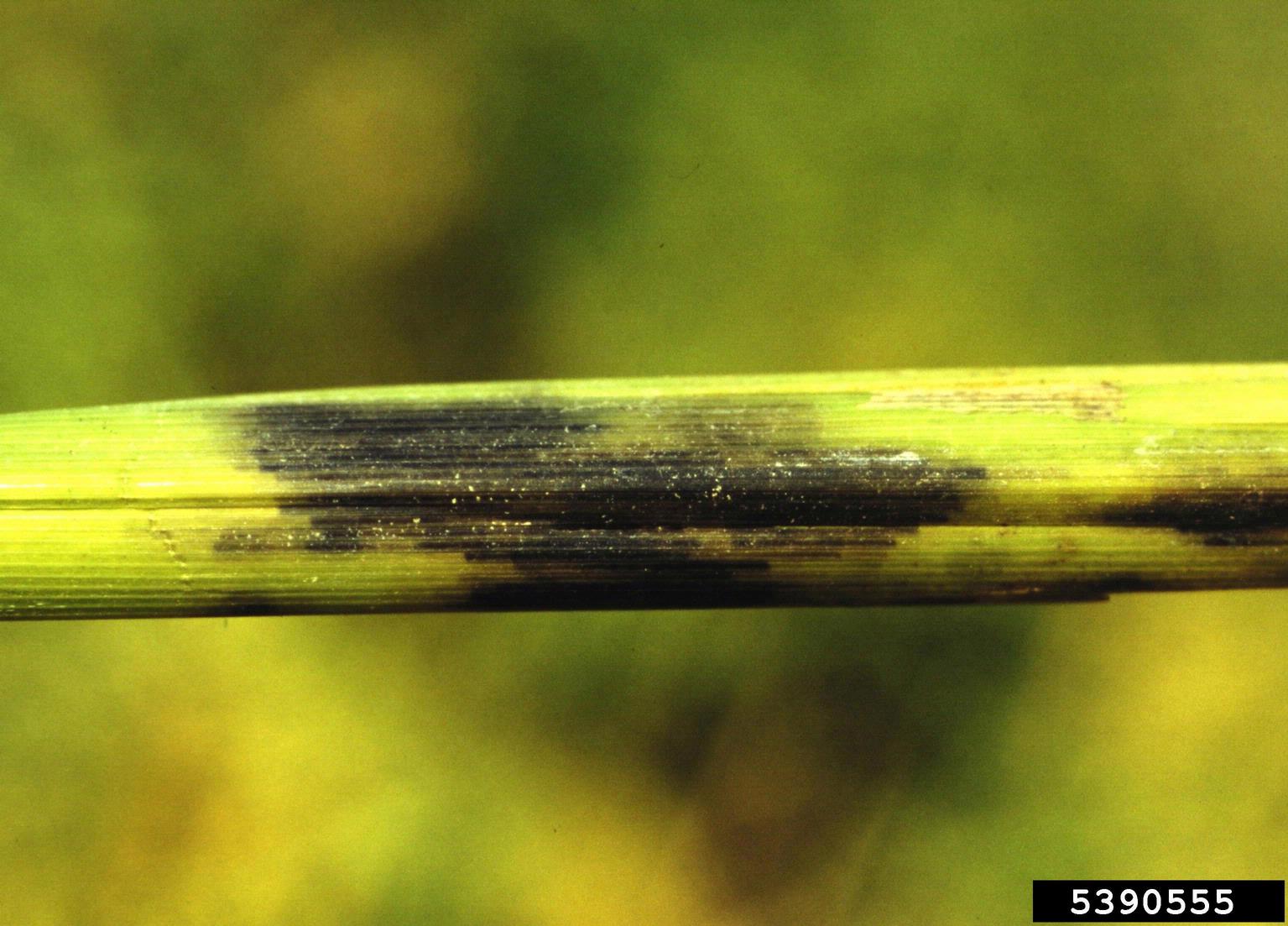
Rice Stem Rot Control – A Guide To Treating Rice Stem Rot Disease
As yield losses continue to rise from stem rot in rice, new studies are being conducted to find effective methods of rice stem rot control and treatment. Click this article to learn what causes rice stem rot, as well as suggestions for treating rice stem rot in the garden.
By Darcy Larum
-
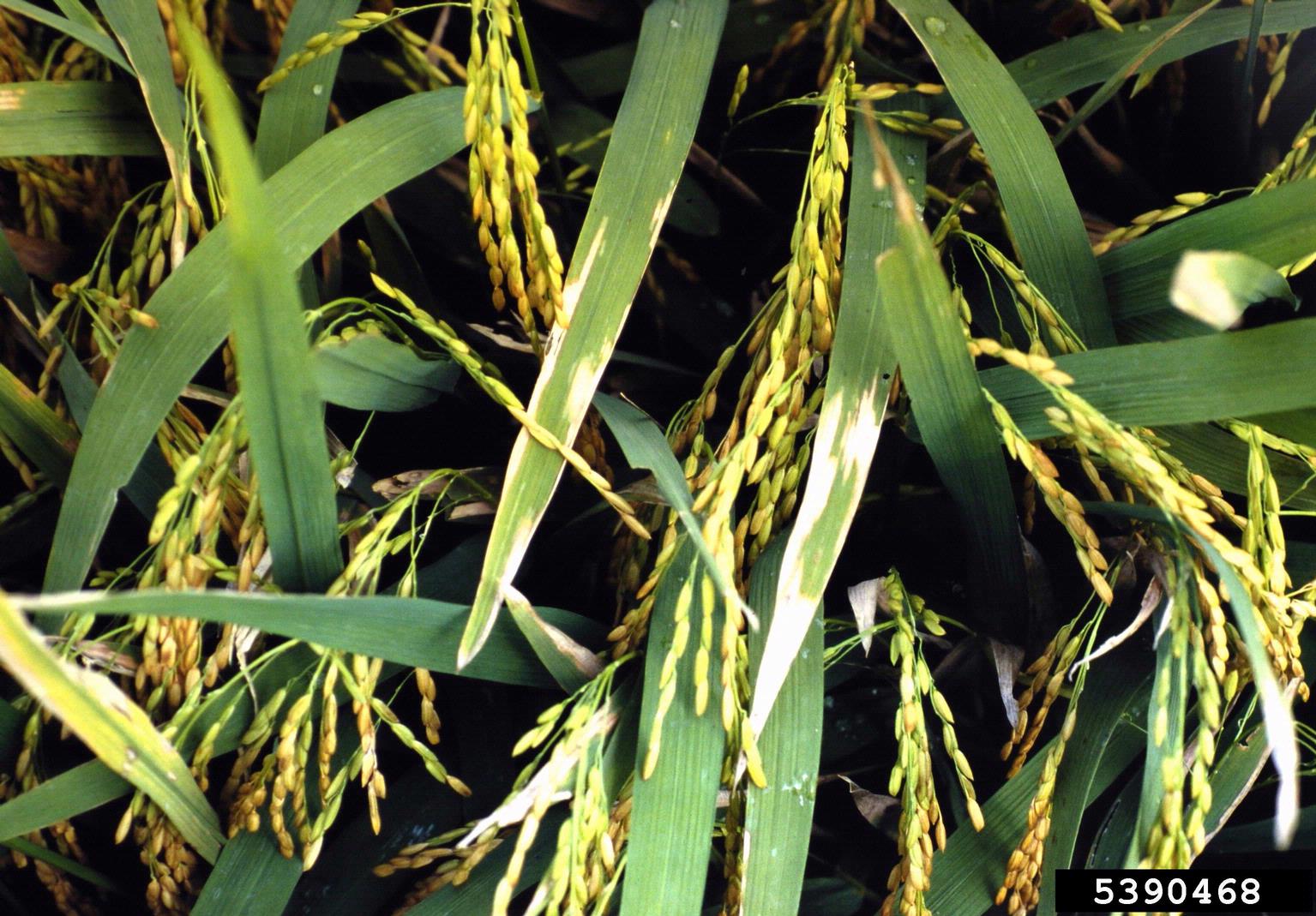
Rice Bacterial Leaf Blight Control: Treating Rice With Bacterial Leaf Blight Disease
Bacterial leaf blight in rice is a serious disease that, at its peak, can cause losses of up to 75%. In order to effectively control rice with bacterial leaf blight, it is important to understand what it is, its symptoms, and the conditions that foster the disease. This article will help.
By Amy Grant
-
Barley Stripe Mosaic Virus: Tips On Controlling Mosaic Virus Of Barley
Recognizing and preventing various diseases which affect wheat, oat, and barley crops is an important key to success. One disease, barley stripe mosaic, can dramatically impact the overall health, vigor, and production of home-grown grain crops. Learn more here.
By Tonya Barnett
-
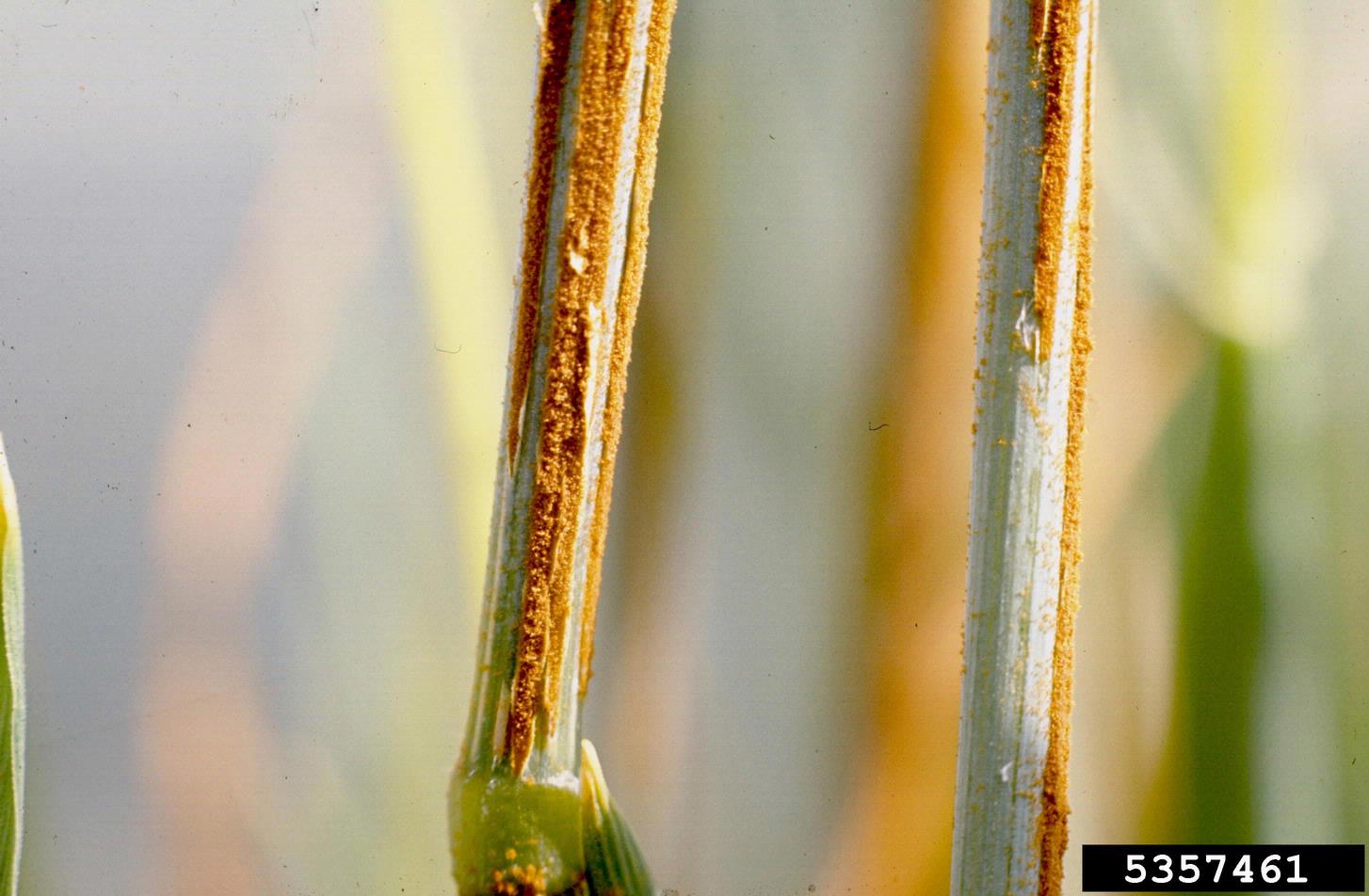
Stem Rust Of Oat Crops – Tips On Treating Oat Stem Rust Disease
By Tonya Barnett
